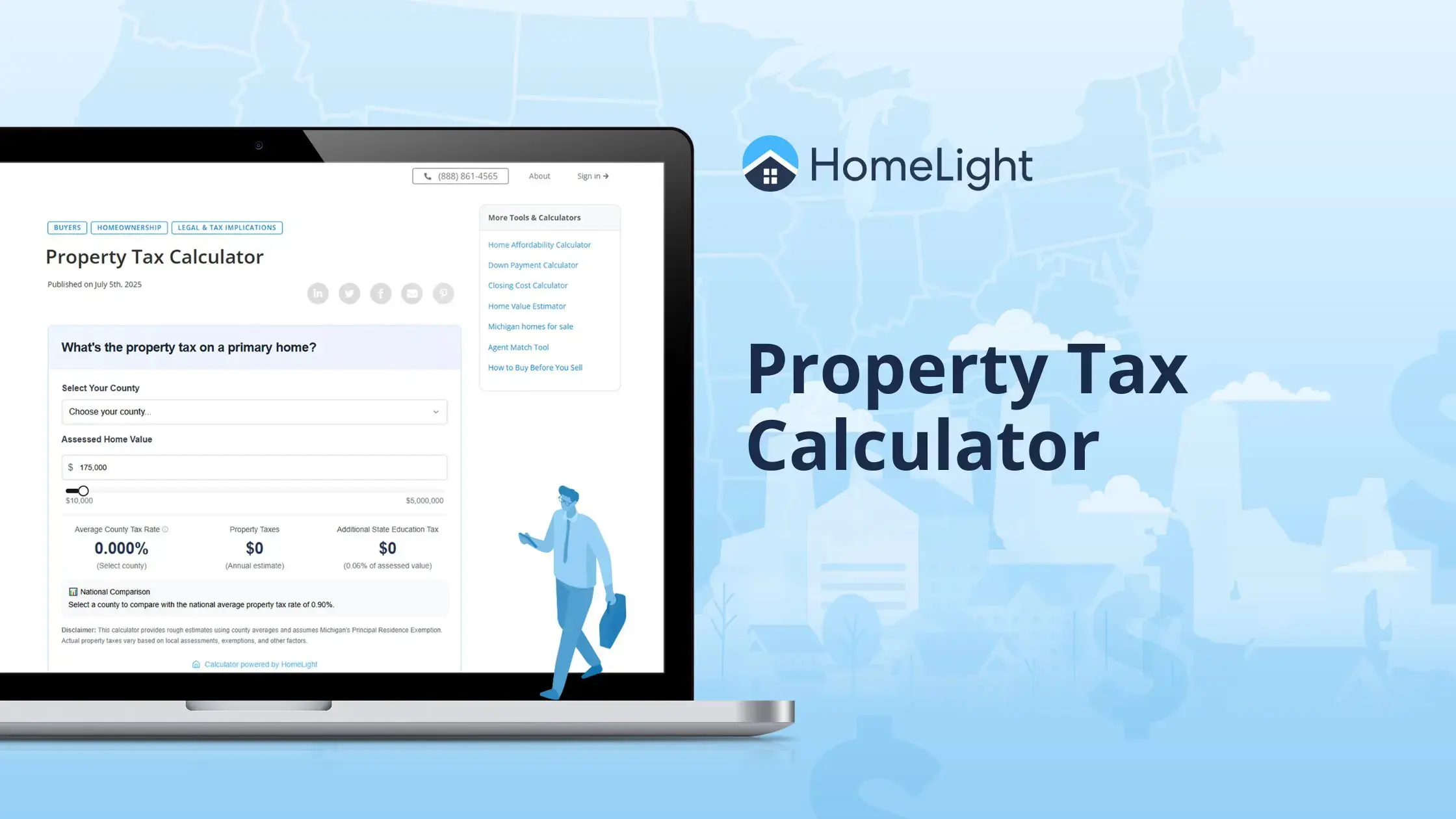
When buying a home, mortgages fall under one of two classifications — conforming and non-conforming loans. Most Americans financing a house will typically use a conforming loan, which means it “conforms” to guidelines that allow the loans to be sold to Fannie Mae or Freddie Mac, two of the largest mortgage buyers in the country. But what circumstances might lead your mortgage to fall into the non-conforming loan category? In this post, we answer the question: What is a non-conforming loan when buying a home, and how might it impact your purchase? A non-conforming mortgage loan stands apart from the crowd of standard financing options. It doesn’t adhere to the guidelines set by Fannie Mae and Freddie Mac, the government-sponsored entities (GSEs) that buy and securitize mortgages. This divergence mainly revolves around the loan amount, but other factors like the borrower’s credit score, debt-to-income ratio, and the property type can also play a part. Because they exceed the conforming loan limits or differ in underwriting standards, non-conforming loans offer flexibility for borrowers who don’t fit into the conventional loan box. This includes those looking to purchase high-value properties or who have unique financial situations.What is a non-conforming loan?

